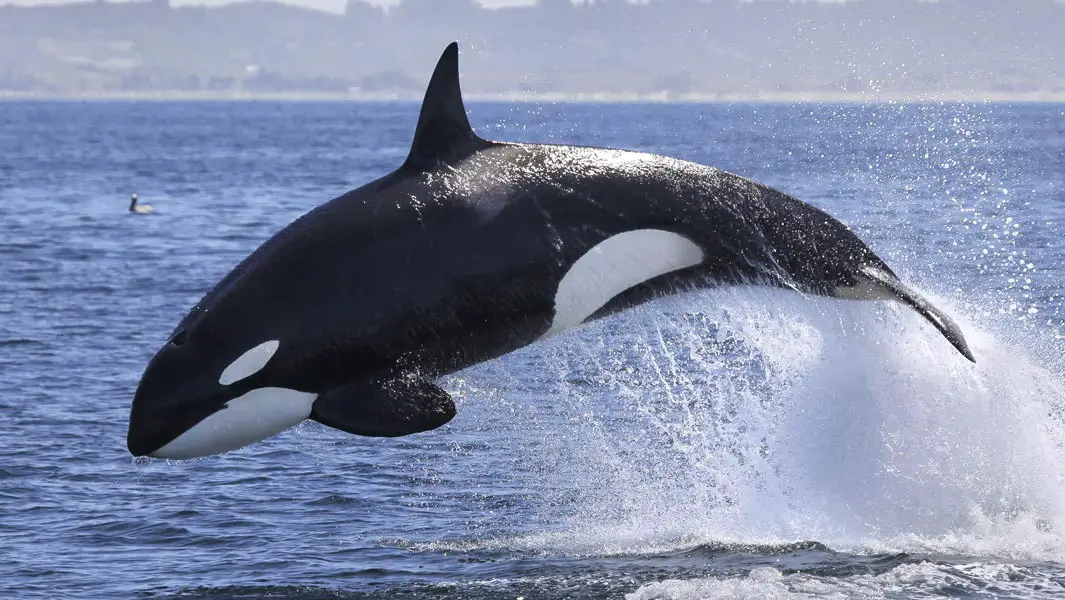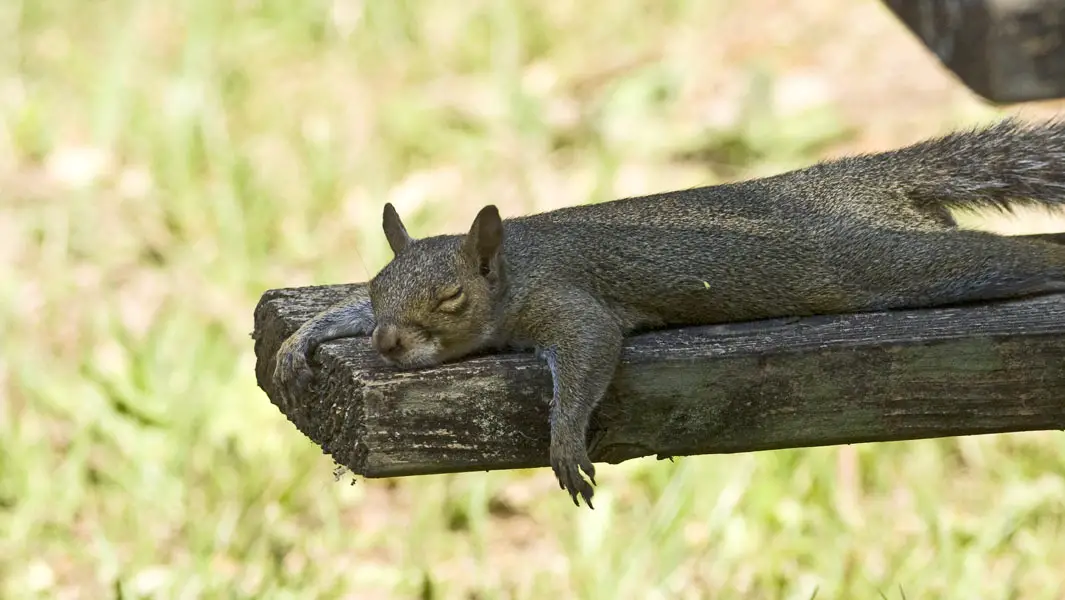


Who doesn’t enjoy a long lie-in every now and then? But some animals have taken nap-time to another level… In honour of World Sleep Day (15 March), we play a (quiet) fanfare for a few of nature’s sleepyheads that have mastered the art of slumber.
Sleep is a crucial part of life for most animals, from fruit flies to humans. Despite the fact that a typical person will spend around one-third of their lives in the land of nod, there’s still much we don’t understand about this state of rest. What we do know are the many benefits of sleep – and conversely the pitfalls of not getting enough shut-eye.

During this regular period of inactivity, our bodies repair damaged cells and restore depleted energy reserves. It's also crucial to our psychological wellbeing, processing and consolidating memories, which improves both retention of new information and skills, as well as concentration levels during our waking hours.
It’s recommended that adult humans get 7–8 hours of sleep per day; for teens, it's 9–10. For younger infants, who have much more growing to do, it’s as much as 15–16 hours.

Of course, in the natural world, entering a period of deep sleep for weeks, or even months, can be a vital survival tactic. Often given the catch-all label of "hibernation", there are, in fact, several forms of decreased activity in the animal kingdom including torpor (a state of reduced metabolism) and aestivation (a form of summer hibernation during particularly hot or dry spells). Whatever the name, extended periods of dormancy enable many creatures to avoid extreme temperatures and times of the year when food and water will be scarce.
Here we shine a (night) light on a few animals that set records while catching some ZZZs…

Based on a 24-hour period, the king of the nappers is the little brown bat. In captivity, these North American mammals have been documented sleeping for 19.9 hours straight – more than 80% of the day. (Some biologists have highlighted that this is under artificial conditions, though, so isn’t a true reflection of how long they sleep naturally in the wild.)
In second place for this record is the giant armadillo, which with 18.1 hours of snooze time can sleep through up to 75.4% of the day.

REM sleep is a period of the sleep cycle characterized by rapid-eye movement and super-relaxed muscles that can feel like temporary paralysis. In humans, it’s the stage at which we are most likely to dream. We spend up to 25% of the night in REM sleep, equating to around two hours.
Australia's platypus, meanwhile, logs around eight hours of REM sleep in a single session, according to a 2008 study published in Nature. While we can't be certain, it’s unlikely that platypuses dream like us, though, because the majority of their REM activity takes place in the more primitive brain stem region rather than in the forebrain. Given that monotremes like the platypus (and its cousins the echidnas) are considered the oldest extant mammals in the world, it's a strong indicator that REM sleep could serve an important biological function beyond dreaming – some have suggested "neural fine-tuning".

At the other end of the scale, the mammal that sleeps the least is the African bush elephant, which has been found to sleep only two hours per day on average. As revealed in a scientific paper published in 2017, research professor Paul Manger and colleagues at South Africa's University of Witwatersrand conducted a field study of sleep behaviour in this species by strapping actiwatches to the trunks of two free-roaming female matriarchs in Botswana.
Watch and read about more amazing animals in our records showcase
The watches assessed their subjects' sleep/wake pattern and activity, the researchers thereby deducing that the elephants were asleep if the actiwatches showed that their trunks were still for more than five minutes. That was how the researchers ultimately revealed that wild African bush elephants, which often sleep standing up, slept in four-to-five bursts throughout the day which collectively constitute no more than two hours in total per day.

Koalas spend as much as 18 hours of the day in the land of nod. A major reason for this is their high-fibre diet of eucalyptus leaves, which take a lot of energy to digest.
A koala’s daily food intake is typically just 600–800 g (21–28 oz) of leaves, which is equivalent to a human living on a single bowl of cereal per day!

One critter that uses sleep to escape the harsh climate of its native range of Alaska and Canada is the Arctic ground squirrel. During its up-to-nine-month slumber – the longest rodent hibernation – the body temperature of Arctic ground squirrels can dip to -2.9°C (26°F).
To put that in context, a human being will start suffering from hypothermia if core temperature drops below 35°C (95°F)!
It’s thought that these cool-as-ice rodents are able to survive subzero by "supercooling" their blood, somehow ridding their body fluids of tiny particles that ice crystals could form around before settling down for the big winter sleep in their burrows.
Every few weeks during their hibernation, their bodies will automatically start to shiver and shake for several hours to bring up their temperature – all while the squirrel continues to snooze.
Discover more incredible animal record-breakers in Guinness World Records: Wild Things – out now!